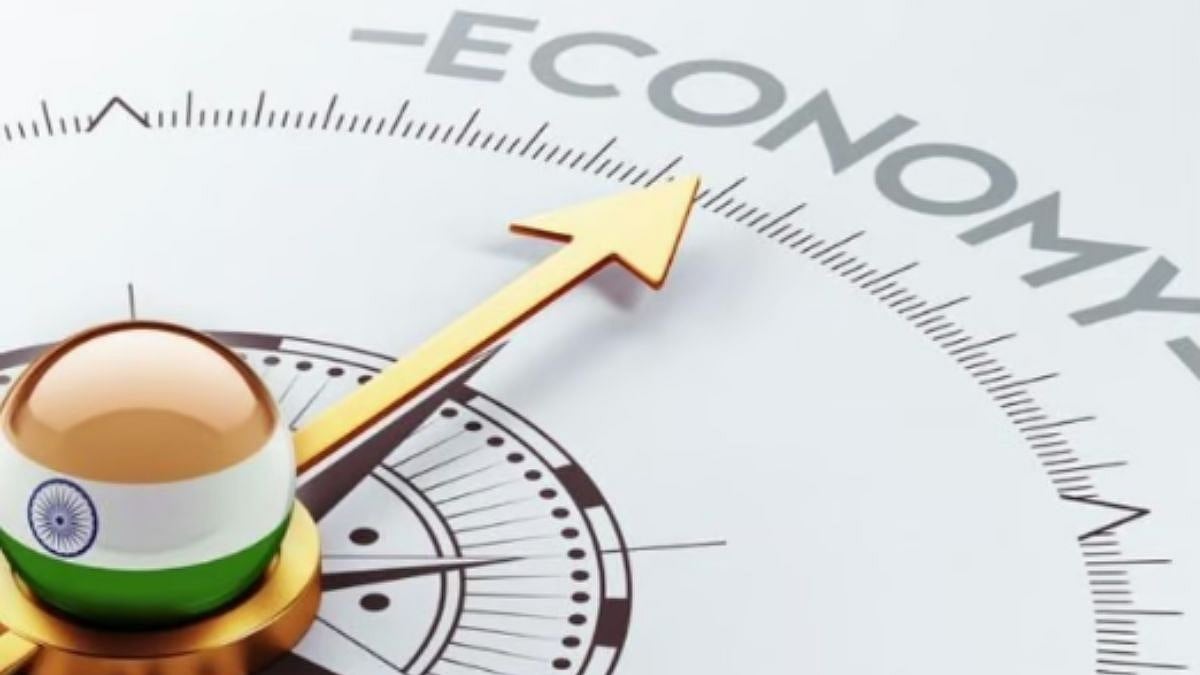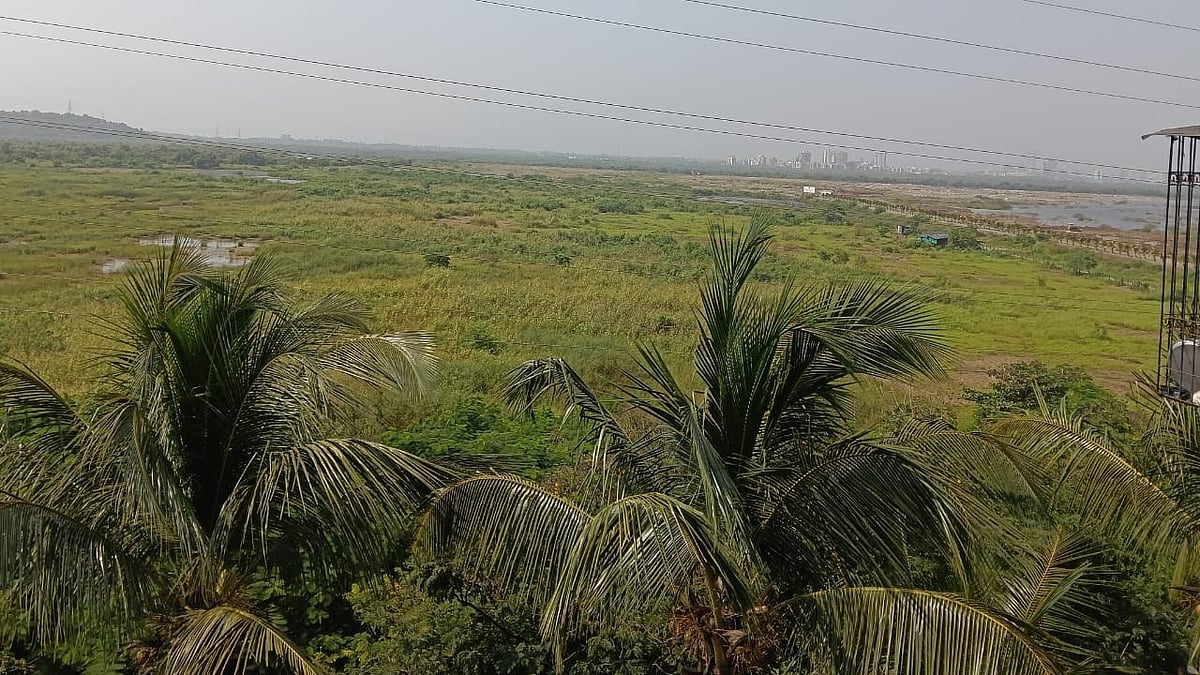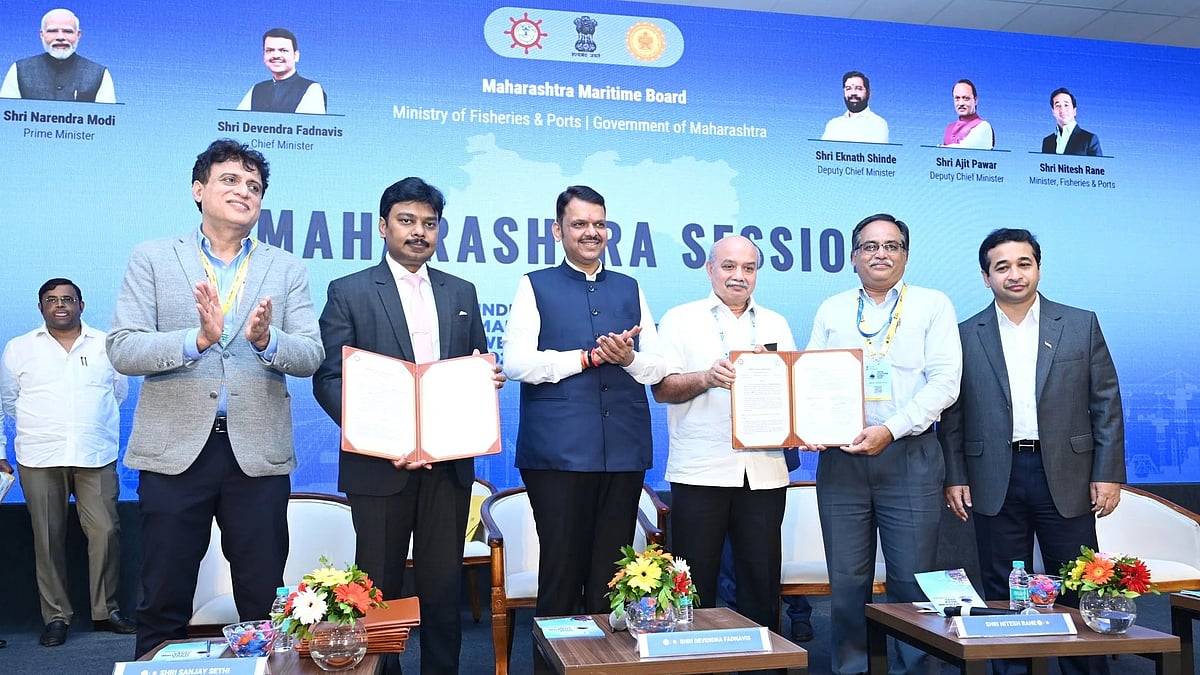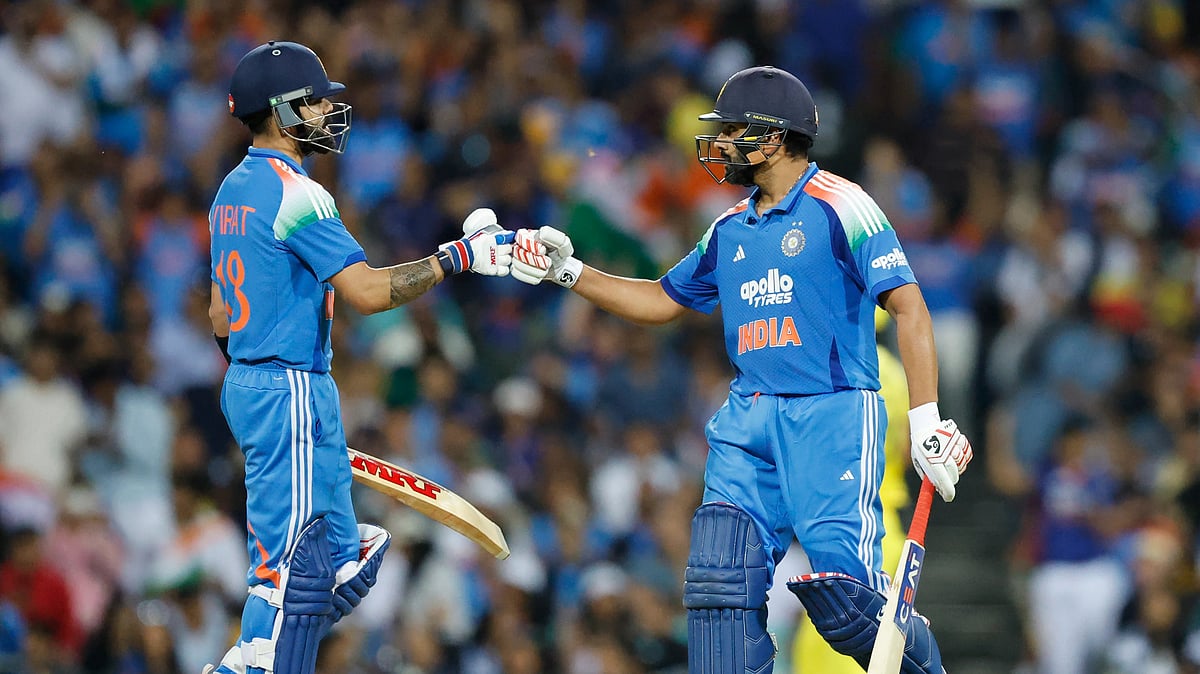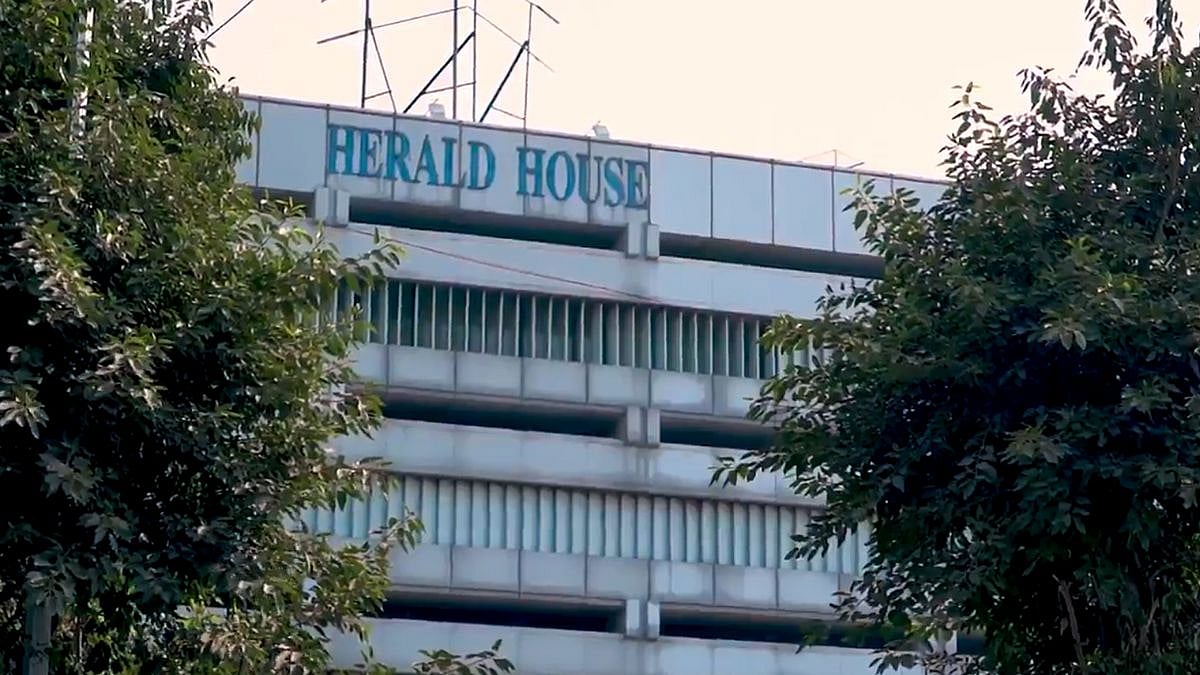The next four months will be critical for the Indian economy as several conjectures will soon face concrete outcomes. The financial year began under the shadow of tariff shocks, and while the government has undertaken several tax measures to support the economy, their results will become evident in the coming months.
First is the issue of tariffs. Negotiations with the United States are ongoing, with expectations that the 50% tariff may be reduced to 25% or even lower once the deals materialise. Such an outcome would likely mean greater market access for the U.S., along with rationalised tariff rates. However, oil imports from Russia—accounting for over 30% of India’s total imports—remain a tricky issue.
They cannot be abruptly reduced given the sovereignty concerns and energy security implications. Fortunately, with global crude prices relatively benign, sourcing oil from other nations at competitive rates may help moderate dependency on Russia. The results of these shifts should be evident by the end of the fiscal year.
Second is the economic impact of the tariff structure. Even if tariffs fall to 25%, they remain far higher than the earlier 3–4% rates. Export-driven sectors such as textiles, precious stones, and handicrafts are already feeling the pinch. Industry bodies have highlighted not just falling business volumes but also the looming threat to employment. Most of these sectors fall within the MSME space, making them especially vulnerable. The coming months will reveal the true extent of this impact.
This will, in turn, influence exports and overall growth. While India’s GDP growth may remain stable—given the economy’s largely domestic orientation—the United States still accounts for around 20% of India’s exports. As of September, the impact seems muted, but sustaining this resilience until March remains uncertain. Efforts to diversify export markets will be put to the test, although finding new buyers or substituting export lines is rarely easy due to product customisation and global capacity constraints.
Third, the GST reform has boosted consumption. Initial feedback from the retail sector has been positive, particularly during the festive season. Yet the key question is sustainability. Consumption tends to be lumpy: households may front-load purchases during Diwali, leaving less room for spending later. The GST cuts, announced just before the festive period, encouraged delayed buying and led to strong seasonal sales. However, it remains unclear whether this surge merely advanced future purchases.
Ideally, consumption should remain buoyant throughout the year. The GST relief, coupled with income tax cuts announced in the Budget, should have freed significant household resources, potentially fuelling sustained spending.
Fourth, private investment trends will be closely watched. Private investment has remained sluggish, concentrated mainly in infrastructure-linked sectors due to weak consumer demand. Now, with fiscal incentives stimulating consumption and borrowing costs falling—the RBI has cut policy rates by 100 basis points since February, with strong transmission to bank lending rates—there are expectations of a revival in investment in consumer goods and allied sectors.
Fifth, fiscal health will come under scrutiny. The substantial tax concessions of FY26 will weigh on both central and state revenues. This challenge is compounded by nominal GDP growth falling short of projections by 1–2%, shrinking the tax base and inflating deficit ratios. While states are constrained by the FRBM Act to cap deficits at around 3–3.5%, the Centre faces a delicate balancing act. Historically, governments have trimmed capital expenditure to meet fiscal targets, a pattern that may repeat this time.
Overall, India’s GDP growth should hover near 7%—a commendable performance given the global turbulence. Yet the disruptions from tariff policies and weak global demand continue to cast a shadow. The government has done much to counter these headwinds; by March 2026, the results will be clear.
The write is Chief Economist, Bank of Baroda and author of: Corporate Quirks: The Darker Side of the Sun. Views are personal
